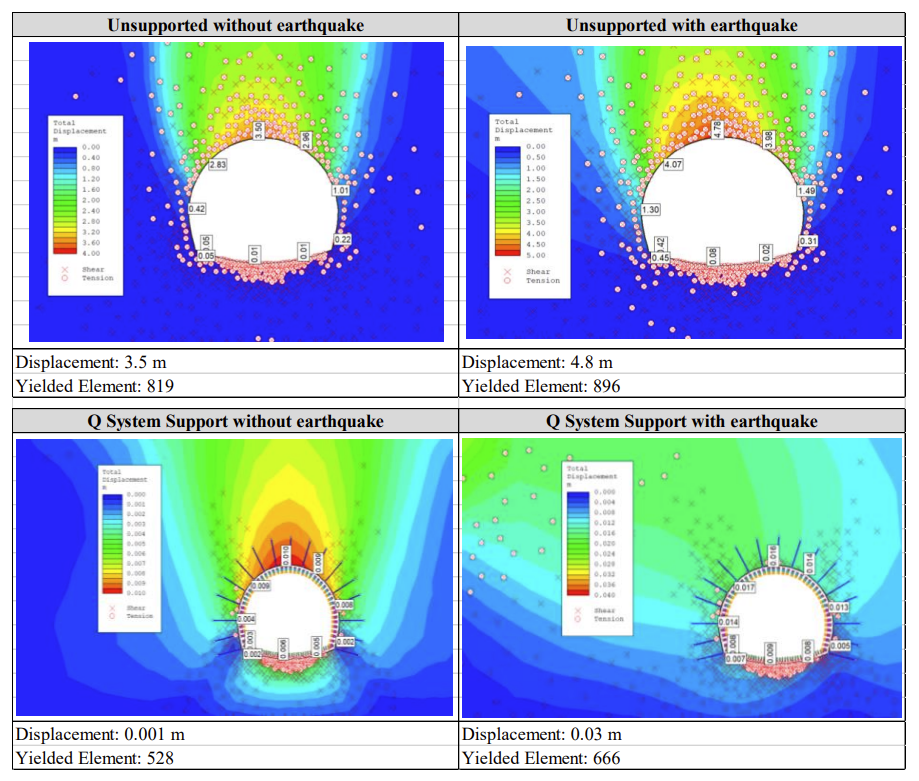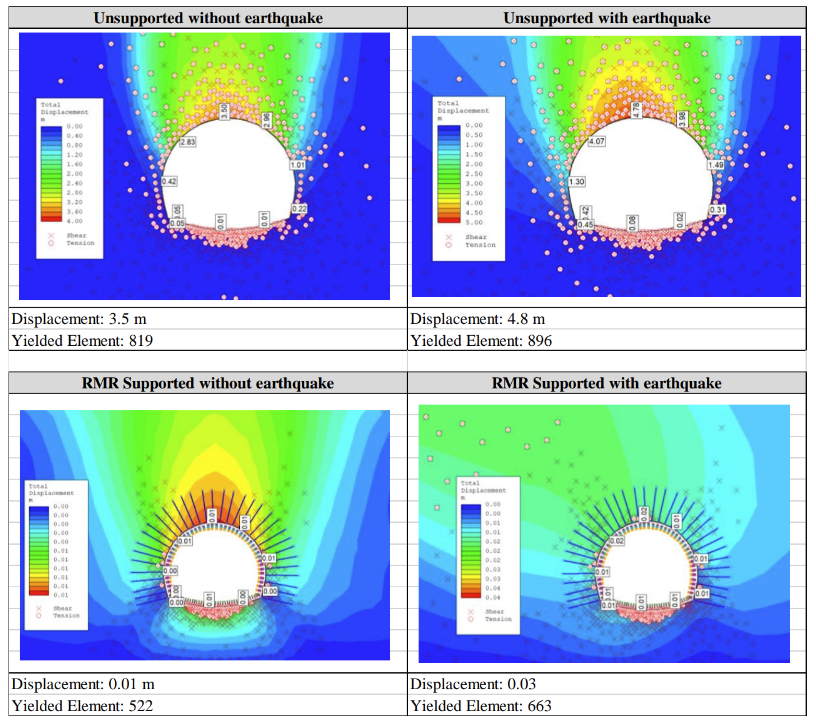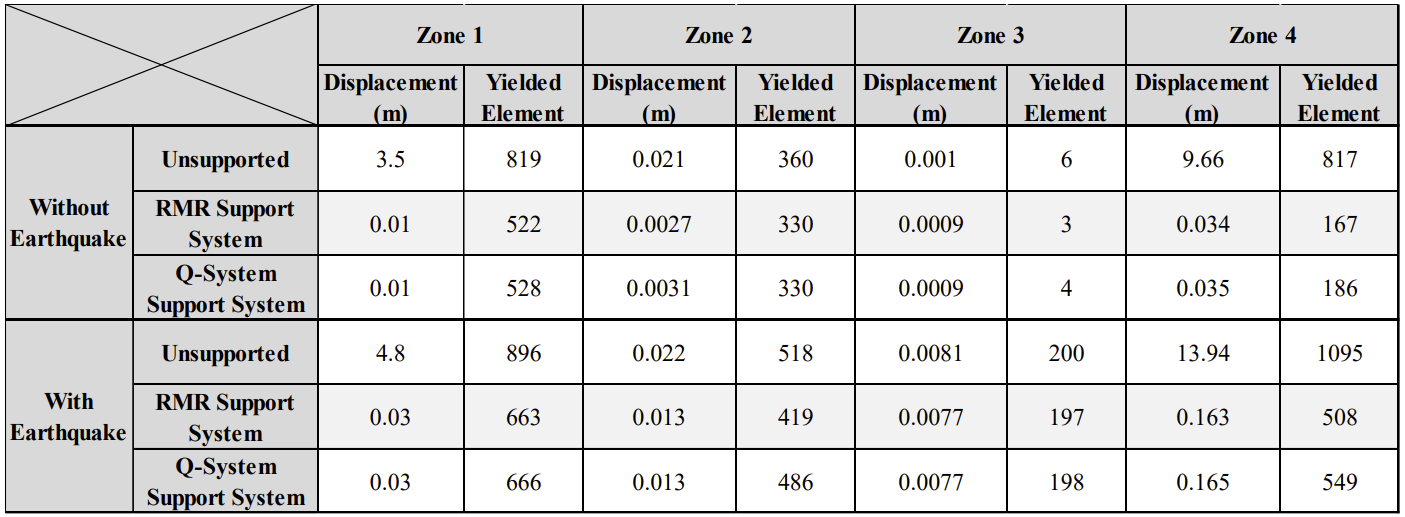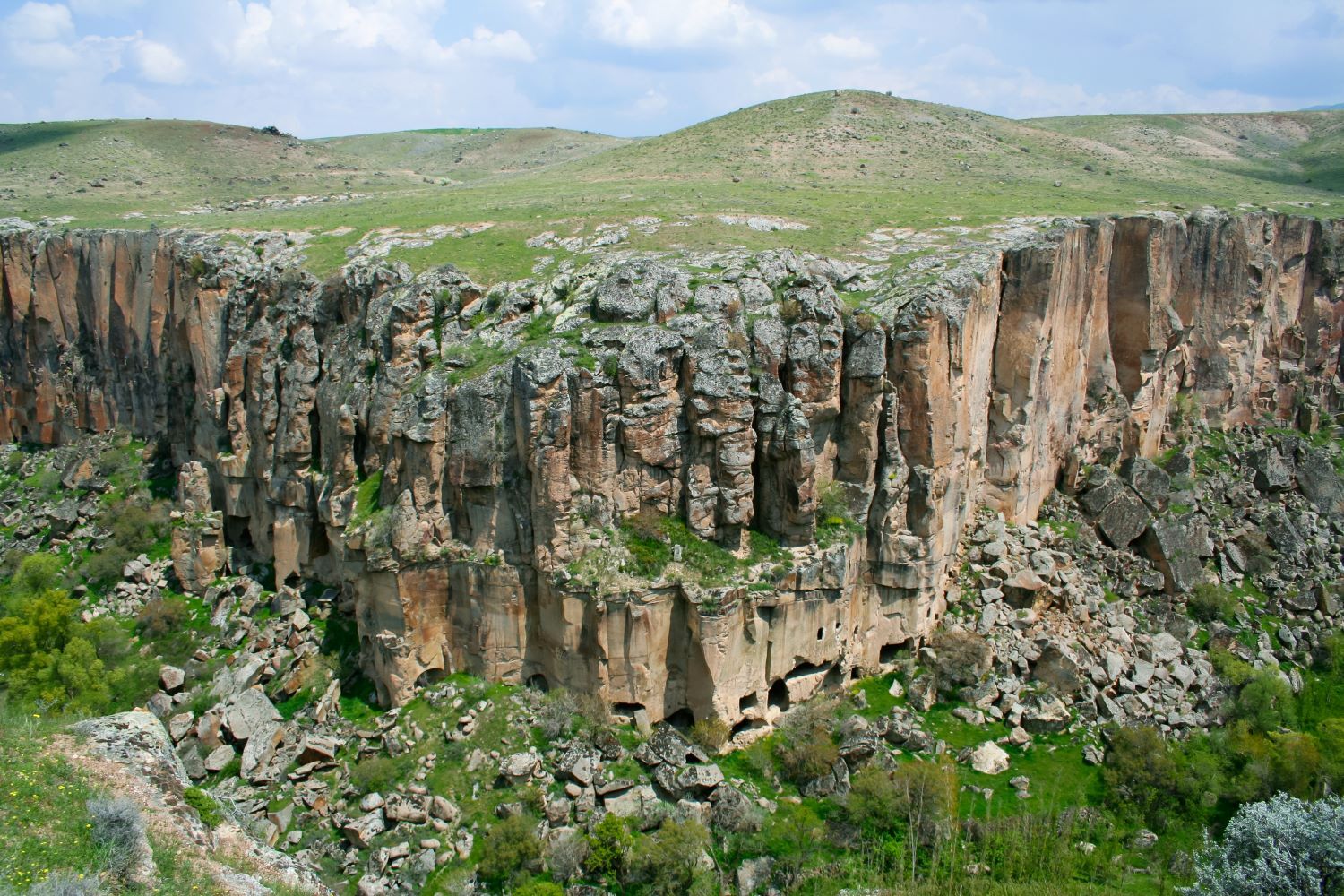How RS2 Validated the Tunnel Support Design of the Jakarta-Bandung Railway
When it comes to tunnel support design in complex terrains, empirical methods alone are often not enough. RS2, our geotechnical engineering software, can be used for numerical analysis to evaluate and optimize empirical support designs and ensure tunnel stability.
This numerical analysis provides critical validation needed to ensure designs are safe and effective, which was necessary for Tunnel 7 on the Jakarta-Bandung high-speed railway. Researchers looked to confirm their proposed support designs would hold up under real-world conditions, including seismic activity.
Here, we’ll cover how RS2 was used to evaluate the support design for Tunnel 7, and for more details you can read R Pramono, I G B Indrawan, and M I Junica’s full research paper.
The Geological Setting
Tunnel 7 of the Jakarta-Bandung high-speed railway cuts through diverse geological formations in West Bandung Regency, West Java Province. Key formations include older volcanic products, sandstone from the Cantayan formation, and marl and quartz sandstone from the Jatiluhur formation. Field investigations also identified volcanic breccia, laharic breccia, siltstone, sandstone, and claystone.
The Research Challenge
Because the tunnel passed through formations with significantly different mechanical properties, it required adaptable support designs. Researchers aimed to validate and optimize the proposed support systems for Tunnel 7 using numerical analysis. Rock mass quality also varied along the tunnel, so the support system needed to handle these changes effectively.
And because of the region's seismic activity, the support designs needed to be tested under dynamic loads. Empirical methods provided the initial designs, but without detailed stress and deformation analysis, numerical modeling was needed for validation and optimization.
The Solution
The research team turned to RS2, our powerful finite element analysis software, to accurately assess stress distribution, deformation, and the effectiveness of RMR and Q-system support methods under static and seismic conditions. With the software, researchers could:
Model Realistic Geotechnical Conditions: RS2 allowed the team to incorporate detailed geological data, including rock mass ratings and properties derived from field and laboratory tests. This realistic modeling was crucial for understanding how the tunnel would behave under various conditions, such as an earthquake (see Figure 1).

Simulate Complex Scenarios: The team could model simulations for both unsupported and supported tunnel conditions, and then assess the performance of different support designs. This included scenarios with and without an earthquake.
Evaluate Stress Redistribution and Deformation: With RS2 it was possible to visualize stress redistribution and deformation patterns around the tunnel, which helped identify potential failure zones and optimize the support systems.
Optimize Support Designs: By comparing the performance of RMR and Q-system based designs, RS2 helped in fine-tuning the support parameters such as rock bolt length and spacing, shotcrete thickness, and lining requirements. The software's detailed output guided the selection of the most effective support configurations.
Improve Safety and Efficiency: RS2’s simulations provided insights that ensured the final support designs would solve the tunnel's geotechnical challenges. Researchers could enhance safety and potentially reduce construction costs by preventing over-engineering.
The Results
Using RS2, the team achieved significant findings:
Displacement Reduction: The RMR-based support system reduced total displacement by up to 99% compared to unsupported conditions. The Q-system design also performed well, just slightly less effectively.

Yielded Elements: The RMR support system decreased yielded elements by up to 80%, and the Q-system by up to 77%.
Seismic Performance: Both systems improved stability under earthquake loads, but the RMR system performed the best at minimizing displacement and yielded elements during an earthquake. See Table 1 below for the authors’ full numerical analysis results.

Earthquake-Ready Tunnel Support Design with RS2
Geotechnical engineers can rely on RS2 for comprehensive support design solutions. This Jakarta-Bandung high-speed railway research shows how the software can be used for tunnel support systems, especially in complex geological conditions. It accurately validated the empirical designs and confirmed that the proposed support systems would maintain tunnel stability.
Future urban tunnel projects in earthquake-prone regions can use RS2 to design support systems tailored to specific rock types that will be stable and secure during seismic events.


